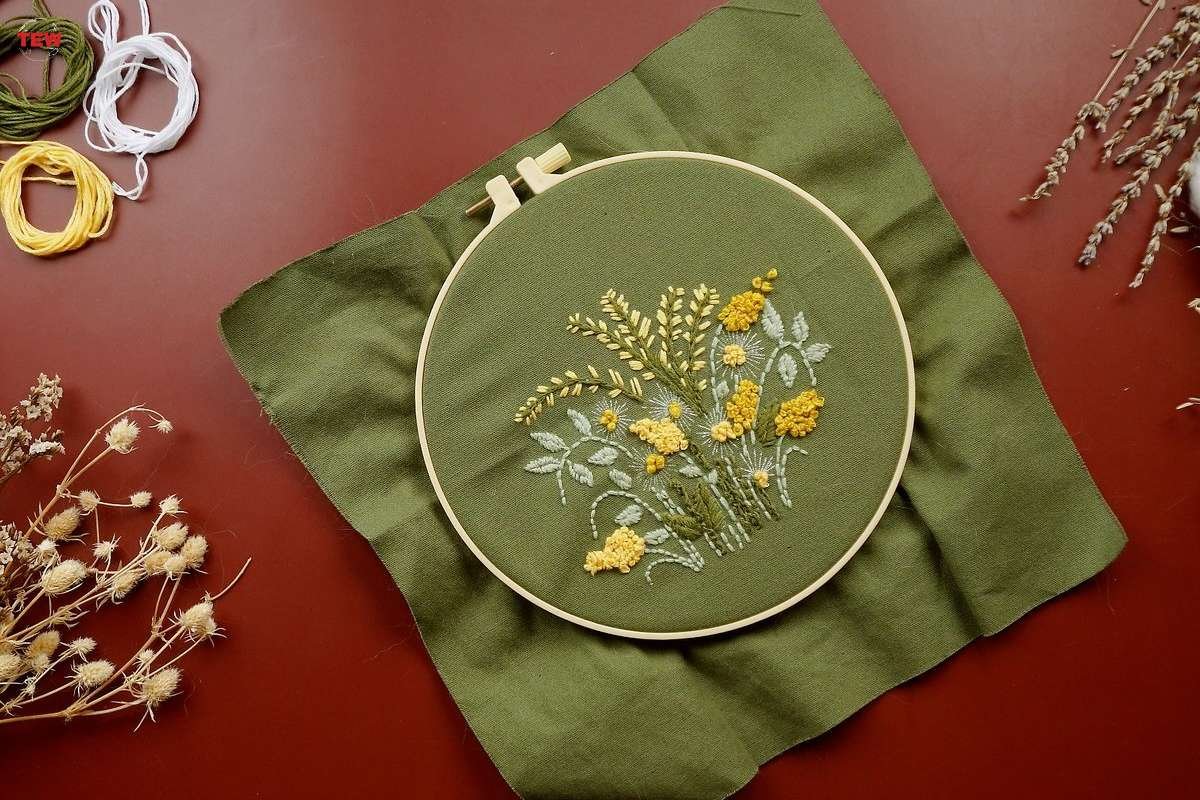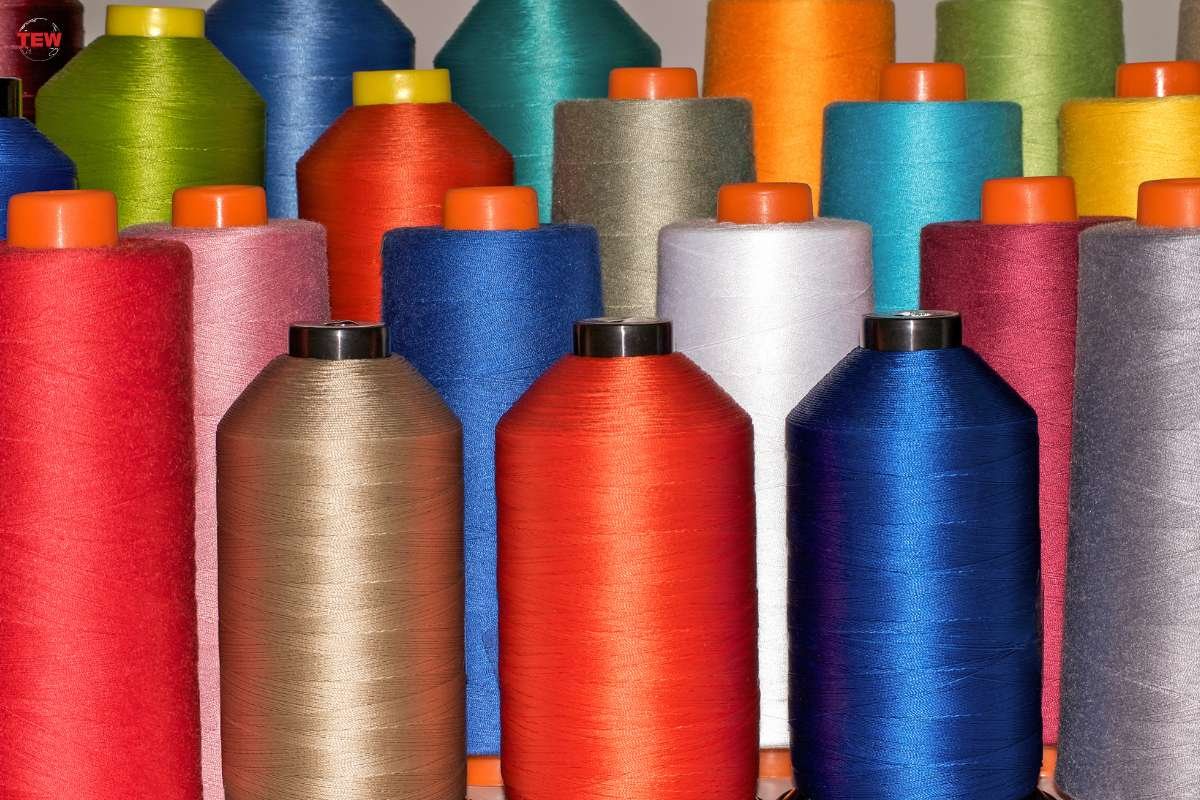Fashion is big business. If you have an eye for detail and are capable of designing beautiful clothing and couture, then you have everything you need to make a splash in a multi-billion pound industry. The journey from a simple sketch to the catwalks of Paris and Milan will be filled with challenges, but also rewards. Be brave and make a statement.
Start your journey to fashion greatness with the help of this guide to starting up a fashion house:
1. Going From Sketch To Stitch
When you starting up a fashion house, everything starts with an idea. This idea, fuelled by your creativity, passion, and vision, needs to be meticulously transformed into sketches. These sketches or illustrations are the foundations of your clothing line. An excellent fashion design sketch will capture not only the look of a garment but also its essence.

Understanding basic principles for starting up a fashion house, like the use of colours, silhouettes, and textures, will help you articulate your vision on paper. Start with basic shapes, gradually adding details to create the desired look. Invest time in honing this skill as the better your drawings are, the easier it will be to communicate your ideas to manufacturers down the line. Remember, these sketches serve as the blueprint for your fashion business, so take this step seriously and allow your creativity to flow.
2. The Fabric Of Your Business
With your sketches in hand, the next step is to bring these designs to life with the right fabrics. The material you choose will play a big part in your clothing line’s look, feel, and quality and speak to consumers about your brand. Sourcing fabrics involves identifying suppliers and understanding the difference between various types of fabrics and their suitability for each design. When choosing fabric, consider factors such as drape, durability, comfort, and care instructions.
It is crucial to understand the environmental impact of your fabric choices and consider sustainability in your decision-making process. Aim to strike a balance between aesthetics, function, and eco-consciousness. Building relationships with ethical suppliers and fabric mills can be a long process, but it’s worth it. The right fabric can elevate your design, differentiate your brand, and resonate with your target customers.
3. Creating Colour
The colour of your garments is a vital aspect of your brand identity, impacting aesthetics and customer appeal. Achieving consistent, high-quality colour involves more than just dipping fabric into a dye bath; it requires scientific precision. That’s where the process of titration comes in.

Titration is a technique used in colourimetry to ensure the quality and consistency of dyeing fabrics. It involves adding a solution of known concentration to a solution of unknown concentration until the reaction between them is just complete. In the context of dyeing, it can help determine the exact amount of dye needed to achieve your desired colour. Metrohm has a wide range of titration solutions available, including Karl Fischer titration. Metrohm provides titration equipment to many different industries and has a titration method to suit every application, including fabric and clothing manufacturing.
This process not only ensures consistency across your product line but also minimises waste and reduces costs. While it may sound intimidating, understanding titration and incorporating it for starting up a fashion house can take your fashion line to the next level.
4. Stitching Your Business Together
Transitioning from design to production is a significant milestone in your fashion journey. It’s where your sketches become wearable works of art. The manufacturing process requires careful planning and selection of the right production partners. Begin by creating prototypes of your designs. These will allow you to tweak details, test fabric performance, and ensure the overall quality before moving into full-scale production.
Next, source a reliable manufacturer that aligns with your brand’s values and quality standards. This might be a local factory or an overseas production house, depending on your budget, scale, and ethical considerations. Always ask for samples and conduct thorough quality checks. Communication is key. Ensure your manufacturer understands your vision and requirements. Making the leap from sketches and samples to full production is thrilling, but attention to detail at this stage will set the tone for your brand’s reputation in the market.
5. Branding Is Business In Fashion
In a competitive industry like fashion, starting up a fashion house with brand’s identity can set you apart and speak volumes to your audience. Your brand is not just about the clothes you create but the story you tell and the values you embody. Start by defining your brand ethos. What does your brand stand for? What is your unique selling proposition? Who are your target customers? Then translate the answers into tangible elements such as a memorable logo, a compelling tagline, and a consistent colour palette.

Think about your brand’s voice and how you communicate with your customers. This encompasses everything from your website and social media content to the way you write emails. Consistency is key in all branding efforts, as it helps build recognition and trust with your audience. Creating a well-crafted, authentic brand not only attracts customers but turns them into loyal advocates for your fashion line.
6. Fashioning Long-Term Success
Starting up a fashion house business is an exhilarating endeavour, but ensuring its long-term success requires strategic planning and continuous growth. Consider the sustainability of your business model, both from an environmental and financial perspective. Continually analyse your market and customer behaviour to stay in tune with changing trends and demands.
Build a strong digital presence, leverage social media platforms, and invest in customer relationship management. Don’t overlook the importance of feedback. Let your customers’ voices guide you towards areas of improvement and innovation. Diversify your product line over time and consider collaboration opportunities with like-minded businesses or influencers. And remember, fashion is a world of constant change; staying adaptable and responsive to these changes is key.
Fashion is a huge industry, and the world’s top fashion houses are among the world’s most profitable companies. starting up a fashion house and business can be hard, but the rewards make it worth it. You can express your style and creativity while creating a company that can provide you with financial independence and possibly record profits. Take your ideas to the catwalk, and go from sketch to stitch today.





